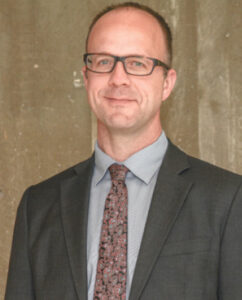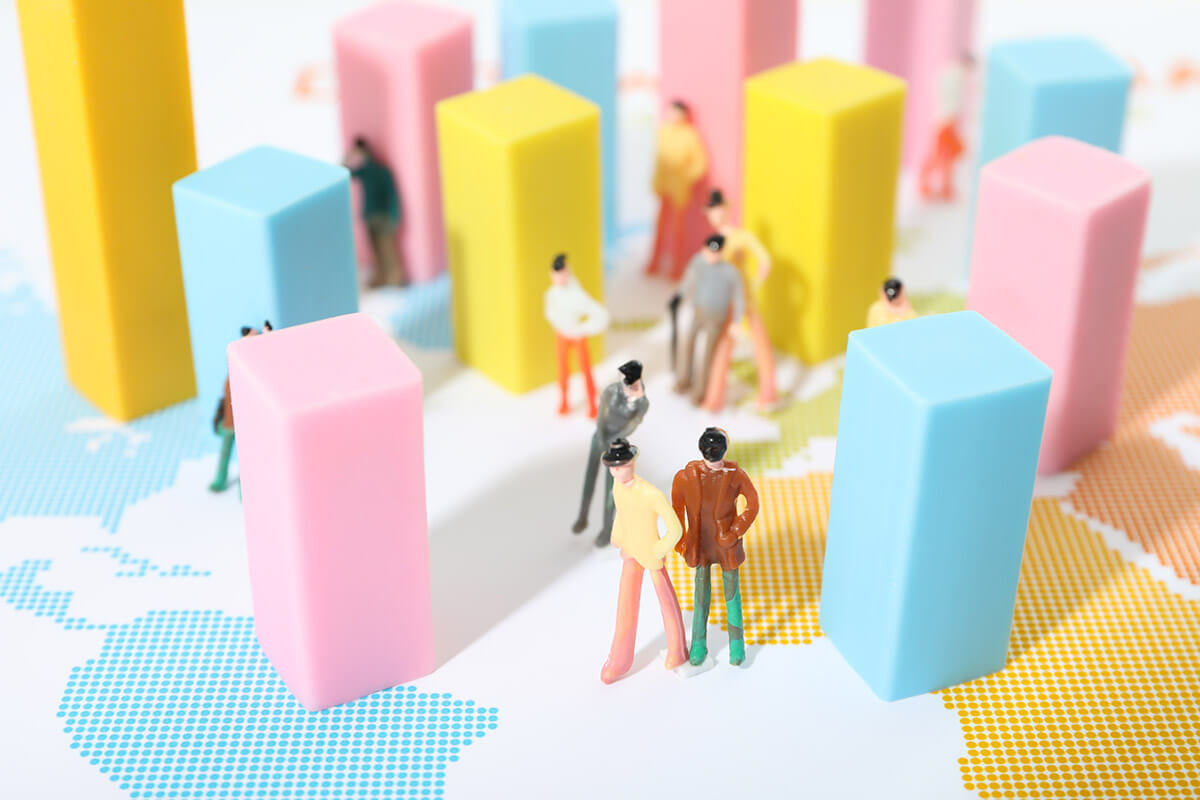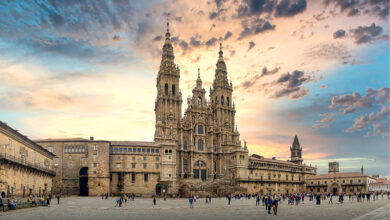The challenges of growing
Canada has reached, in the middle of June, the impressive mark of 40 million inhabitants – something that happened for the first time in the country’s history. This event becomes all the more remarkable considering that between the beginning of 2022 and 2023 the population growth was more than one million.
The Canadian population, which is the fastest growing among the nations of the OECD – a organization made up of 38 countries that, among themselves, seek to draw up guidelines aimed at economic development and social welfare – is also one of the most multicultural. Motivated by the country’s hospitable image and the offer of better living and working conditions, many people arrive from the four corners of the world and settle here: according to the Canadian Statistics Office, 96 percent of the population growth in 2022 is due to immigration, a goal successfully achieved under Justin Trudeau’s plan to welcome at least half a million migrants a year by 2025. Today almost one in four people in Canada are immigrants, the highest proportion among the G7 nations.
Statistics Canada further warns that if population growth in the country continues, with the continued arrival of immigrants, refugees, and foreign students, the number of people living in Canada could double in the next 26 years.
Although this process of population growth has helped in the fight against the aging of Canada’s population, it is also necessary to take into account other issues that are being felt in certain regions of the country, mainly related to housing, infrastructure, and transportation problems.
Michael Haan is a Canadian sociologist and demographer who currently serves as a professor at Western University in Ontario, Canada and he agreed to talk to our newspaper about the challenges – both current and future – of this historic growth in the country.
 Miléno Stadium: Canada has reached the 40 million mark, and between 2022 and 2023 will see its population increase by one million. How can we explain this record growth?
Miléno Stadium: Canada has reached the 40 million mark, and between 2022 and 2023 will see its population increase by one million. How can we explain this record growth?
Michael Haan: This is almost entirely due to our immigration system. Between admitting permanent and temporary (international students, temporary foreign workers, etc.), our population swelled by one million people in just a single year.
MS: However, of this million, almost half are immigrants, also a record number – what does this mean for the country?
MH: We are seeing a considerable growth in the diversity of the country. A shrinking share of our population was born in Canada.
MS: Prime Minister Justin Trudeau has revealed that he wants to attract half a million immigrants a year by 2025. Could this be the first step successfully taken in this migration strategy?
MH: Indeed, it can. In fact, we’re already very close to admitting 500,000 newcomers a year. The Levels Plan (which the Federal government uses to set immigration levels), lays out a clear path to that number.
MS: Canada is indeed one of the most multicultural countries in the world and seen as one of the most receptive to immigrants. What impact, in the long and medium term, can we expect, both socially and economically, not only from this exponential growth but also from such a diverse cultural mosaic?
MH: I think more of what we already see. Canada, particularly in our cities, will continue to reflect the influence that people from all over the world have on our country. We have a long history of welcoming newcomers, and I think this will continue well into the future.
MS: How do you see the future? Knowing that the country already faces serious problems, for example, the lack of affordable housing or of hospitals in sufficient number considering the population it currently has, how will it be able to welcome even more people? And under what conditions?
MH: I think that we’ll have to be very strategic when selecting newcomers. The construction industry, for example, faces chronic shortages, yet we’ll rely heavily on this sector to build the housing that we’ll need to accommodate our newcomers. Although it’s changing slowly, we currently don’t admit a lot of people that will ultimately work in construction. So, we have a growing demand for housing, yet we’re doing little to increase the supply of workers to meet that demand.
This is something we’ll need to address, or the price of housing will likely continue to rise.
In terms of the future, it will depend heavily on who wins the next election.
Each party has its own view of the role of immigration, and we’re currently experiencing the Trudeau government’s version. If a different party wins, we could see changes to our immigration system. This may include the number of people we welcome.
MS: In your opinion, is Canada already preparing for the migration boom?
MH: That is the million-dollar question. In some respects, it seems like we can absorb newcomers. Our labour market, for example, seems to be able to absorb the many newcomers arriving in Canada. Our unemployment rates continue to be very low, despite having such a strong source of new labour. In other areas, like housing and health care, the story is more mixed. Olivia Chow ran her campaign for Toronto City mayor by vowing to make Toronto more affordable. How she’ll do that remains to be seen.
Inês Barbosa/MS









Redes Sociais - Comentários